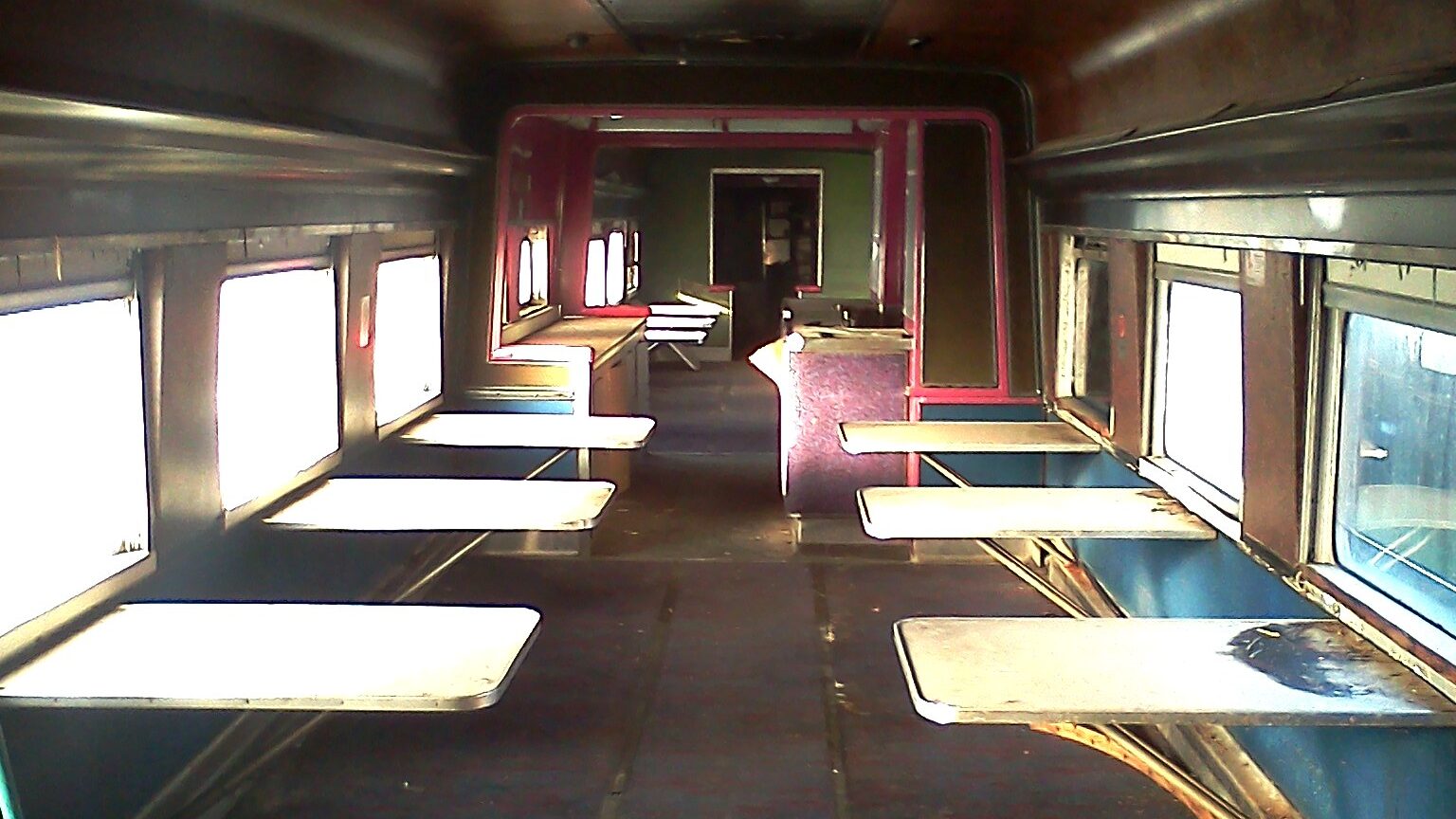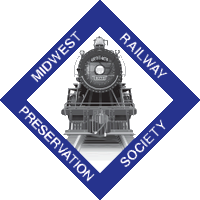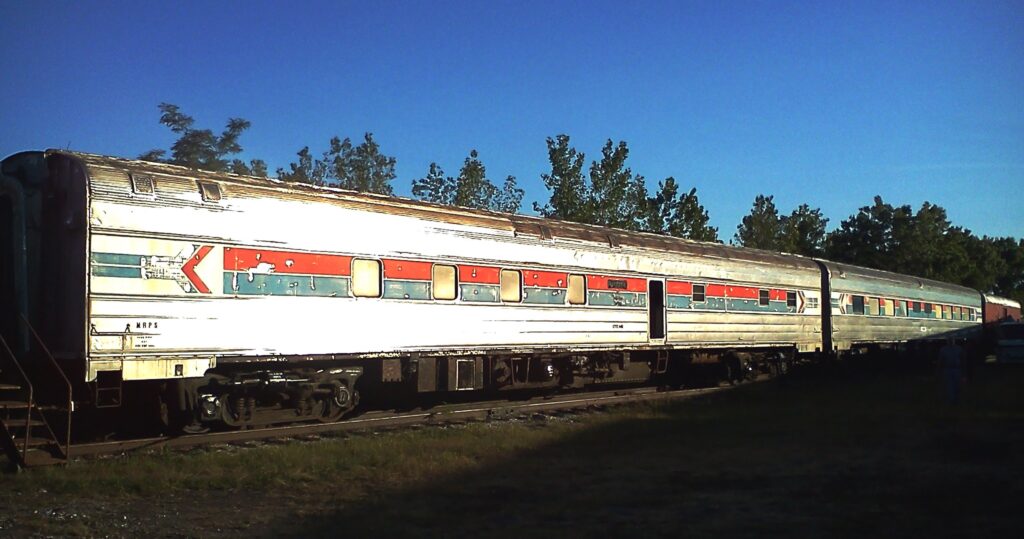Among the historic pieces of equipment at Midwest Railway are two passenger cars that were part of President Jimmy Carter’s “Peanut Special”, the train that took the president-elect to Washington D.C. for his inauguration.
In 1976, the Carter Presidential Campaign staff rented the Plains, Georgia Seaboard Coast Line Railroad depot to be used as his campaign headquarters. The depot was last used for passenger service in 1951. Today, that depot is now part of the Jimmy Carter National Historic Site.
Carter campaign aide Maxine Reese arranged a special charter through Amtrak to run from the Plains depot to Washington, D.C. That train, nicknamed the “Peanut Special”, consisted of three Amtrak SDP40F locomotives trailed by three coaches, eight 11-bedroom sleepers, three 10-6 sleepers, lounge car, dining car, kitchen-dormitory and sleeper lounge. Most of the cars were part of Amtrak’s Heritage Fleet, hand-picked from private railroads when it took over national passenger rail operations in 1971.
According to newspaper reports, a ticket for the 18-hour trip was $172.80 for coach or $272.80 for Pullman sleeper accommodations. The cost of the charter was in the neighborhood of $80,000. Originating in New Orleans, the train ran empty to Plains where it was boarded by 380 passengers on January 19, 1977. The train traveled through Waycross, Georgia and switched to the old Atlantic Coast Line mainline toward Richmond, Virginia and on to Washington, arriving at Union Station on time at 7:00 AM the following day.
A special lunch and dinner menu listed many southern favorites in tribute to Carter’s southern roots. Some of the items were peanut soup, peach fritters and peach ice cream. Dinner entrees included Georgia ham with candied yams and southern fried chicken. The entrees were served at a cost under $5.00 each.
The two passenger cars from the “Peanut Special” in Midwest’s fleet are the ex-Pennsylvania Railroad twin dining cars. Restoration was begun shortly after the cars arrived at the railyard but put on hold due to lack of funding. The cars, fully restored, would be desirable additions for long distance private rail excursions.


